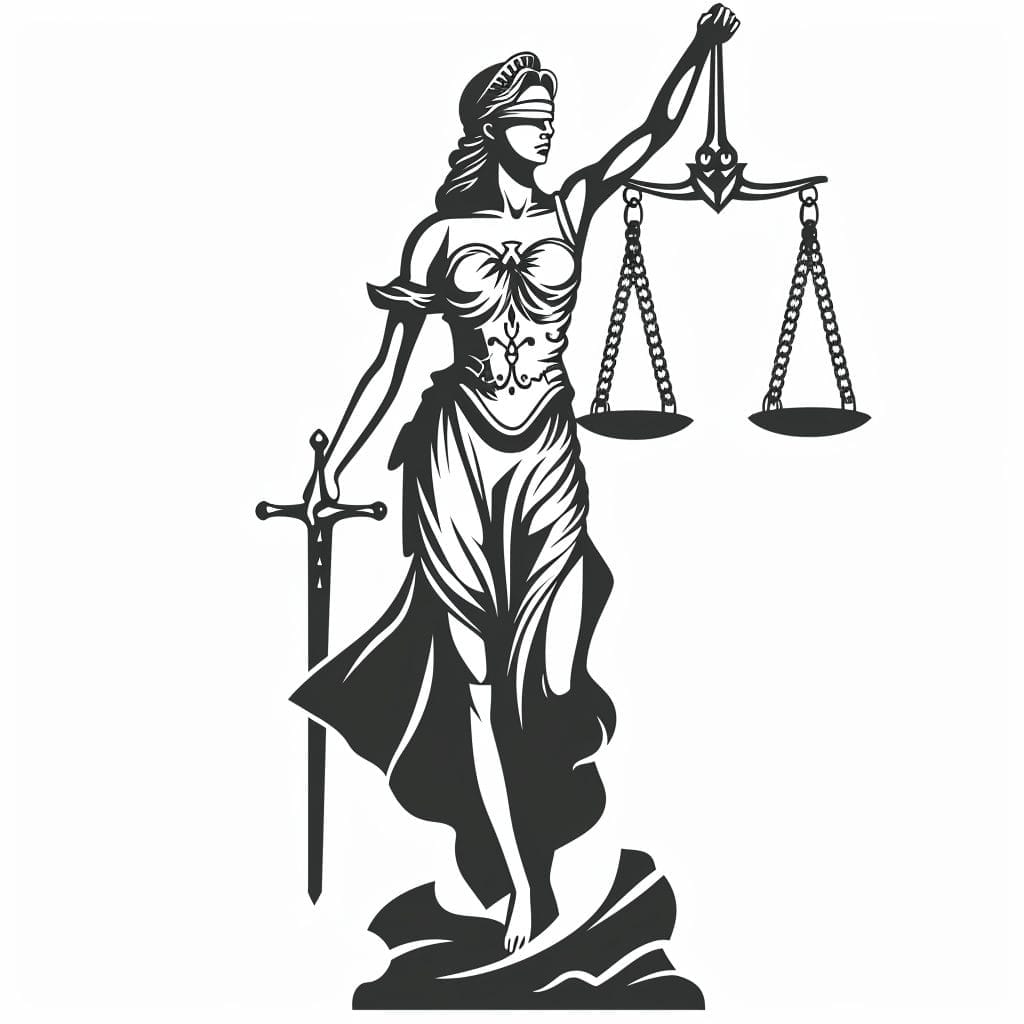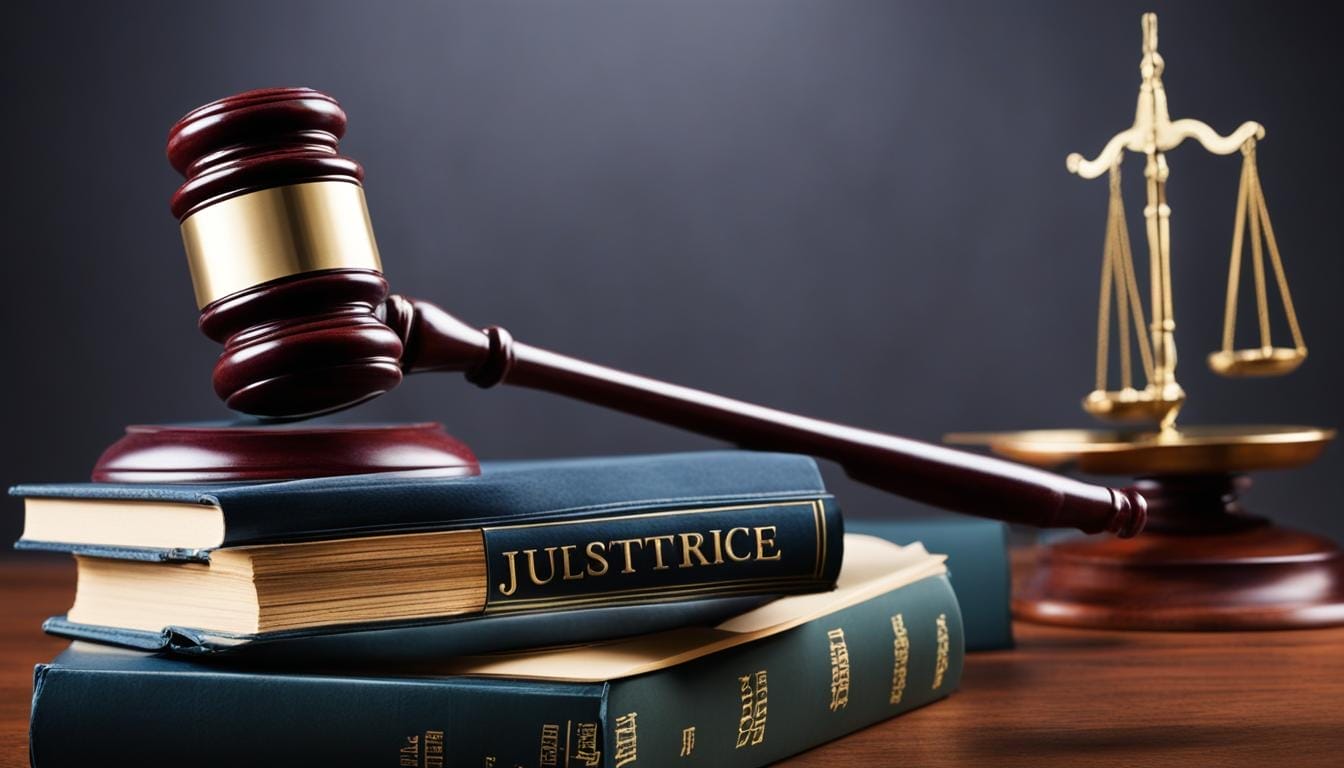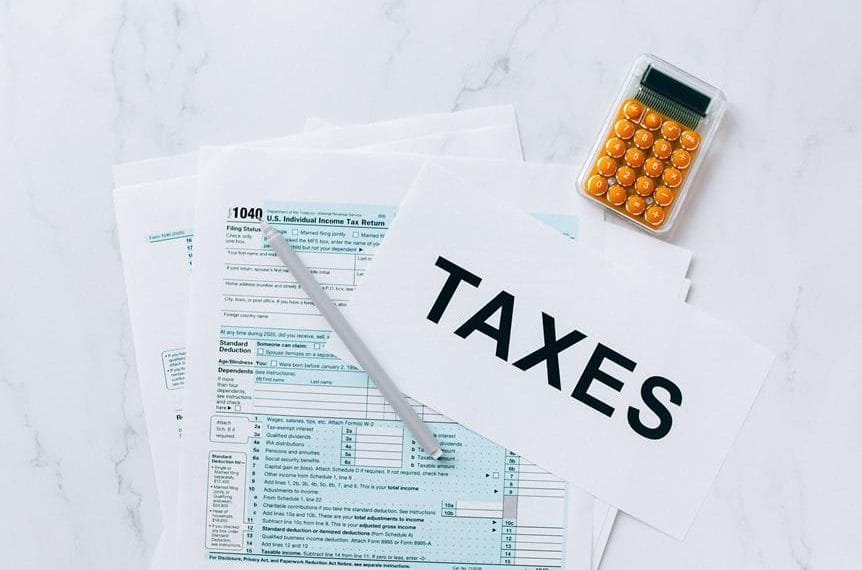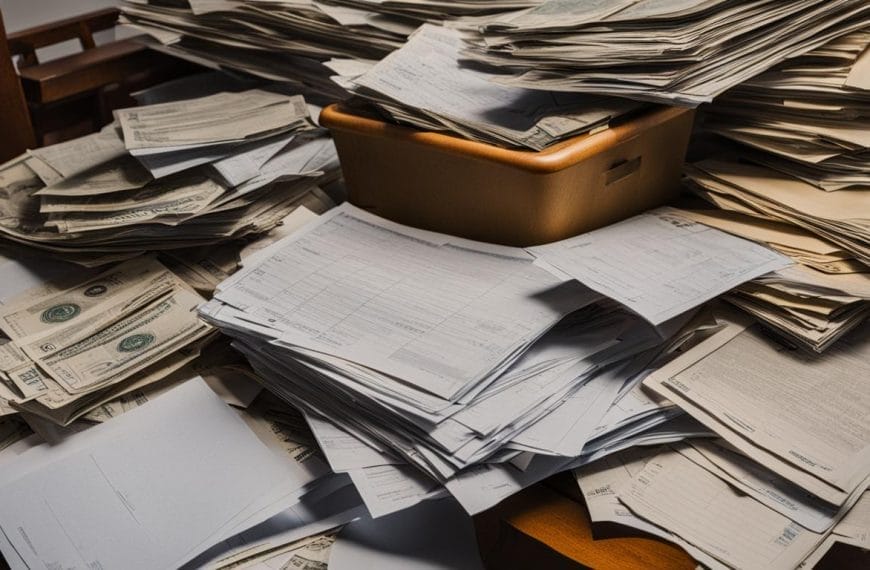Filing for bankruptcy can be a daunting process, but with the right information and preparation, you can navigate it successfully. One crucial aspect of filing for bankruptcy, whether it’s Chapter 7 or Chapter 13, is gathering the necessary documents. To ensure a smooth and efficient process, it’s vital to have a comprehensive bankruptcy checklist.
When it comes to filing for Chapter 7 bankruptcy, there are specific documents and forms that you need to have in order. The checklist includes everything from paycheck stubs and tax returns to investment statements and credit card billing statements. Providing these documents is essential to complete the Chapter 7 petition accurately and thoroughly.
Some of the essential documents needed for filing Chapter 7 bankruptcy include six months of paycheck stubs, bank statements, tax returns for the last two years, investment and retirement statements, mortgage and car loan statements, home and car valuations, a property list with values, repair estimates for damaged property, credit card and billing statements, credit report, identification documents, and a credit counseling completion certificate.
Additionally, you will need to complete various Chapter 7 bankruptcy forms, including the voluntary petition, schedules, a statement of financial affairs, means test calculation, and other relevant forms. These forms provide a detailed overview of your financial situation and are necessary for the bankruptcy process.
After filing, you will need to provide additional documents to the trustee, such as updated paycheck stubs, tax returns, bank statements, and a debtor’s education course completion certificate. The trustee may also request more documents related to your financial affairs for investigation purposes.
By following this essential checklist and ensuring that you have all the required documents and forms, you can streamline the bankruptcy process and maximize your chances of a successful filing. Remember, it’s crucial to consult with an experienced bankruptcy attorney who can guide you through the process and provide personalized advice.
Stay organized and diligent in gathering and submitting the necessary paperwork, and you’ll be on your way to a fresh financial start.
What Documents Do You Need to File for Bankruptcy?
When filing for bankruptcy, whether it’s a Chapter 7 or Chapter 13 case, certain documents are required to provide a complete financial picture. To help you understand what is needed, here is a checklist of the most commonly required documents in bankruptcy:
- Bankruptcy documents: This includes any forms and paperwork specific to the bankruptcy process, such as the bankruptcy petition, schedules, and statement of financial affairs.
- Tax returns: You will need to provide tax returns or tax transcripts for the last two years. This helps the bankruptcy trustee assess your income and financial situation.
- Income documentation: Pay stubs or profit and loss statements are required to show your current income. This helps determine if you qualify for bankruptcy and what type of bankruptcy may be suitable for your situation.
- Real estate proof: You will need to provide proof of real estate fair market value, such as property appraisals or valuations. Additionally, mortgage statements are required to show any outstanding loans on the property.
- Vehicle documentation: Provide vehicle registration and proof of value for any automobiles you own.
- Retirement statements: Include statements from your retirement accounts to show your current savings and investments.
- Identification documents: This includes a valid identification card or driver’s license, as well as your Social Security card.
These are the essential documents needed to file for bankruptcy. However, depending on your specific case, additional documentation may be required. Examples of such documents include proof of alimony or child support payments, divorce orders or marital settlement agreements, and any other relevant financial paperwork.
It is important to gather all the necessary documents and information to ensure a smooth and successful bankruptcy filing. Failure to provide the required documentation may result in delays or complications in the bankruptcy process.
Conclusion
Filing for bankruptcy can be a complex and overwhelming process, but with careful documentation and gathering of the necessary paperwork, it can proceed smoothly. By following a comprehensive checklist and ensuring that all required documents are provided, you will be better prepared for the bankruptcy process.
Consulting with an experienced bankruptcy attorney is highly recommended to receive guidance and ensure that all necessary documents are gathered and submitted correctly. Bankruptcy forms and requirements may vary depending on the district and trustee overseeing your case, so it is crucial to review the specific guidelines applicable to your situation.
Before filing for bankruptcy, completing a credit counseling course and obtaining a certificate is a mandatory step. This requirement ensures that you have received the necessary financial education and counseling for a fresh start.
Overall, being organized and thorough in gathering and submitting the required documents will greatly facilitate a successful bankruptcy filing. While it may feel daunting, remember that bankruptcy is a tool designed to help individuals and businesses manage overwhelming debts and achieve financial stability.













